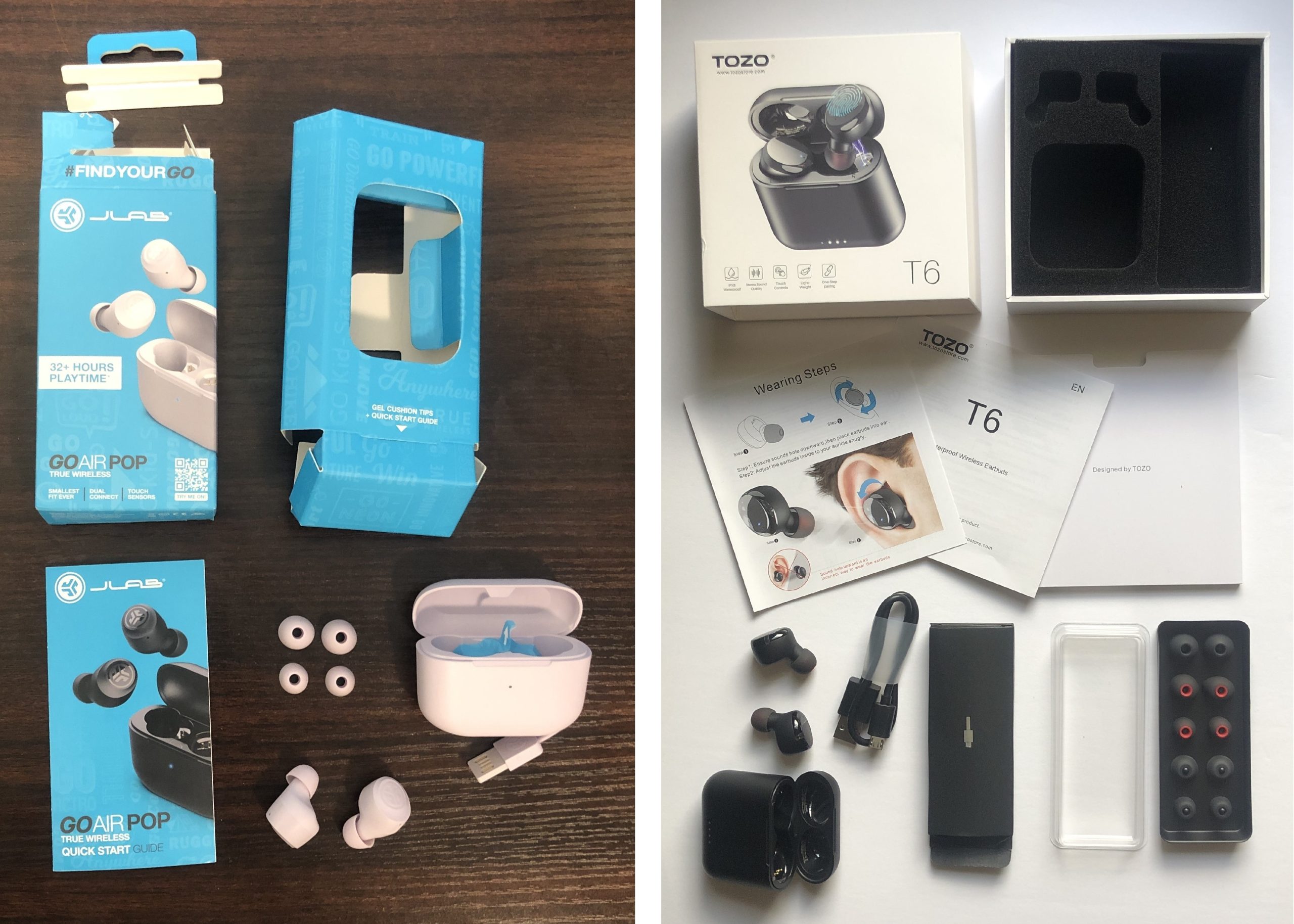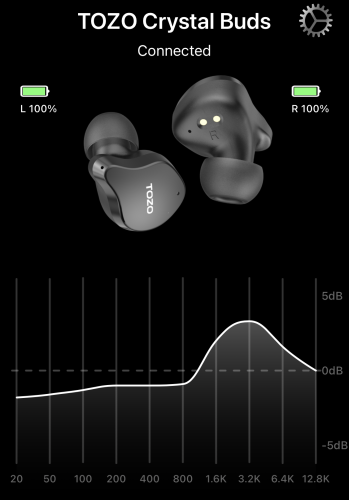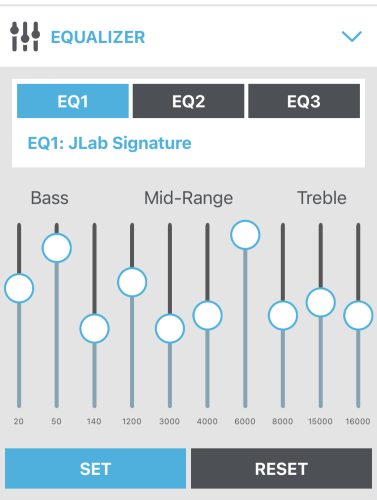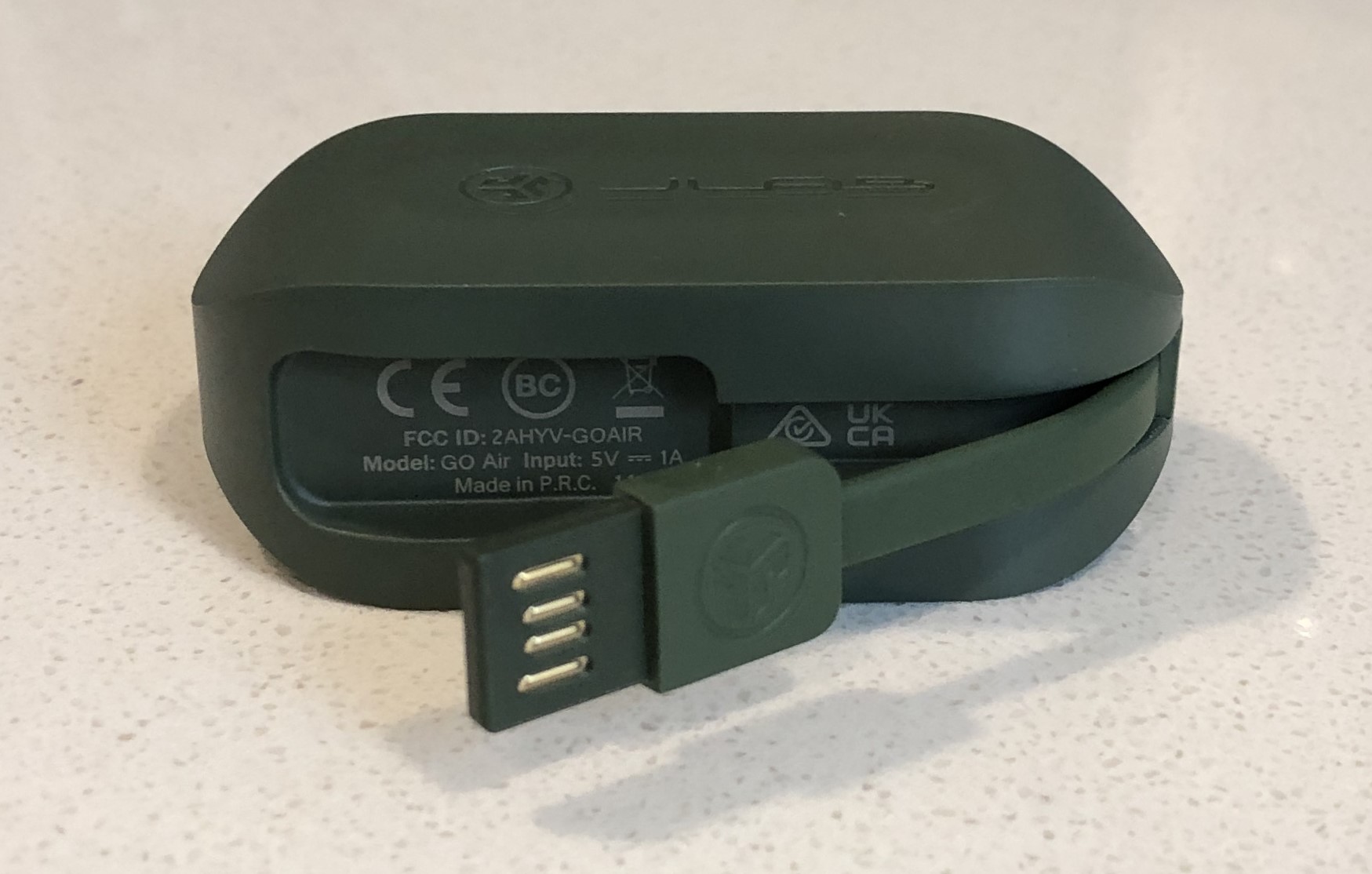The wireless earbud market is growing rapidly, and two companies that are at the forefront of it are JLab and TOZO. Just ten years ago JLab was an obscure no-name brand and TOZO didn’t even exist yet. But now, both are global juggernauts and sell millions of products per year all over the world.
Unsurprisingly, a lot of people have since begun to wonder and ask: is one brand decidedly better than the other? Who makes the best headphones and earbuds? JLab or TOZO? I definitely wondered this myself – just a few years ago I’d never even heard of either company, and now they both dominate the best-sellers list of all the major e-retailers like Amazon.
And yet, even now there’s not a whole lot of apparent discussion about how these two brands compare. So, after having listened to and reviewed many of both companies’ popular products, I wanted to do a deep dive and really discuss these two brands head to head.
I will admit that it is a little tough to compare audio brands in an concrete and objective way. A company’s specific products can sometimes vary significantly in quality, and sometimes their various products excel or fall short in different ways. It’s kind of known and accepted in the audio world that companies tend to have their individual hits and misses.
But I still think brand comparisons are worthwhile – audio companies do tend to generally do certain things particularly well, or not so well, and that information is definitely useful.
JLab and Tozo Do a Lot of Things Equally Well
It’s good to start here, because truthfully both JLab and TOZO do an equally good job at multiple things, and when it comes to any of these factors it’s hard to go wrong with either brand.
Both JLab and TOZO earbuds have great value. From the ultra budget stuff all the way up to the more premium caliber equipment, both JLab and TOZO have some of the best and most competitive prices available.
Both JLab and TOZO earbuds have good controls and usability. Their respective control schematics have all of the essential functions that people generally want to have – volume control, tracking, play/pause, etc. – and their touch controls are easy to execute and reliable.
Both JLab and TOZO earbuds have good isolation and active noise cancellation for their respective products that additionally have it, and they also both have relatively decent battery life. Either brand is a good choice for something to commute with.
Now with that all said, lets get into where these brands tend to differ:
JLab vs TOZO Earbuds Fit and Comfort
Both JLab and TOZO earbuds have decent and comfortable fit in my experience. Some of their specific products have had minor issues here, but for the most part both JLab and TOZO earbuds fully seal properly. The thing about earbud fit, though, is that it’s unavoidably a crapshoot to a degree, because no two people’s ears are ever exactly the same. And that being true, one of the best specific things an earbud company can do to ensure proper fit is include a lot of different sizes and styles of replacement tips.
That is an area where TOZO noticeably goes above and beyond the rest, including JLab. Most budget earbuds (and even some of the more expensive ones) will often only come with three sets of small, medium, and large replacement tips. TOZO, on the other hand, usually includes at least five sets with all of their earbuds, including the budget ones.
The GO Air Pop and T6 are currently JLab’s and TOZO’s most respective popular wireless earbuds. And they are both very good – I’ve reviewed them both. But you can see here that the T6 comes with six different pairs of tips, and in varying styles, while the Go Air Pop only comes with three pairs.
So, for that reason mainly, I think TOZO is the winner here – most people are more likely to get a proper fit with TOZO earbuds than they are with JLab earbuds simply because TOZO earbuds come with more pairs of tips.
JLab vs TOZO Earbuds Durability and Weatherproofing
If there’s one area that JLab excels at beyond the rest, it’s here. Most earbuds have a one year warranty, and this includes most TOZO products. But JLab has an industry leading two year warranty for all its headphones and earbuds, even the cheapest ones.
JLab has also really focused on the active/outdoor market – their sport earbuds all have a double digit IP code, meaning they are both water and dust resistant, and they all have built in earhooks to pretty much guarantee that they wont fall out.
The one interesting exception here, though, is that TOZO’s popular T6 and T10 earbuds are both fully IPX8 waterproof, including the charging cases, while none of JLab’s current earbuds are fully waterproof up to complete immersion.
The JLab vs TOZO Equalizer App
EQ adjusting can change and improve the sound of a pair of earbuds a lot, both objectively and subjectively to one’s personal preferences. More and more companies are developing apps that work with their earbuds that can customize EQ among other things.
This is a relatively new frontier though – the TWS market is growing and evolving fast – and while some companies now have fairly decent and robust apps, others have apps that can’t do all that much and are buggy on top of that.
Long story short, the TOZO app is quite good and polished while the JLab app is limited and buggy.
The TOZO app has a fairly extensive EQ customizer that can save multiple profiles, while the JLab app’s EQ customizer has less points of adjustability and can only save profiles over the three default pre-sets most JLab earbuds come with.
JLab vs TOZO Earbuds Sound Quality
Both JLab and TOZO do a generally good job at creating decent sound at very competitive prices. That said, I do think that JLab does a somewhat better job with default tuning than TOZO does. That is to say, if you want something that sounds solid out of the box with a minimum of fuss, JLab earbuds are generally better than TOZO earbuds, particularly among the cheaper budget products. The default JLab sound has great balance and accuracy, whereas the default TOZO sound is a little too bassy and compromising in the mids and highs, leading to some thinness and flatness.
However, I think with EQ adjustments, TOZO earbuds can sound just as good if not better than JLab earbuds, especially in the more midrange price-point. This is largely due to TOZO’s app being better than JLab’s app.
Other Miscellaneous But Mention Worthy Differences Between JLab and TOZO
While most TWS cases use a USB-C port and require a separate cable to plug in and charge, JLab TWS cases are unique in that the charging cable is built right into them.
It’s a neat feature that I think will appeal to some but not so much to others – it’s nice to not have to worry about a separate cable, but the built in cable is very short, and if it breaks you can’t just replace it.
Most TOZO TWS cases are now compatible with a wireless charger while while JLab cases, all of which have the built in USB cable, are not.
Conclusion: Does JLab or TOZO Make Better Earbuds?
There’s no definitive choice in my opinion. Both JLab and TOZO are good companies that make good products. I think that the best choice for most people will depend on their priorities, such as they relate to each company’s relative strengths and weaknesses.
If you value simplicity and durability, I think JLab earbuds are somewhat better, especially in the budget price range. If you value more customizability and available features, such as wireless case charging, TOZO earbuds are somewhat better, especially as you move towards the middle price range.







